Two years back, I was on summer vacation with my family in Konkan at my in-laws’ place. One afternoon, we were relaxing in the veranda after lunch. My attention was caught with a distintive long and high-pitched whistle sound. This melodious sound was coming from the nearby trees. I quickly grabbed my camera and started looking around the high trees.
The whistle sound was so different one. It was definintely a bird call which I had never heard it before. I was becoming anxious to locate the bird. From around
a distance of 20-30 metres, I could locate a bird sitting on the highest branch of a thorny tree.
I had never seen this bird before. It was a small-size bird with head colour combination of white and brown. Appeared to be banded-bay on head
and near the neck area. The rest of the body was dark brown. The beak was slighty curved. It was a feather legged bird.
While listening to the sound, I quickly captured some poses of this bird before it flew away. I felt happy, as one more bird got added in my birds list.
Now to identify the bird, I googled the specification of this bird and the results displayed the same bird. Wow, I was double happy as I could easily identify
the bird with help of Google 🙂
It was the Banded Bay Cuckoo. The scientific name of this bird is Cacomantis Sonneratii. According to Wikipedia, this species are part of small cuckoo found in the Indian subcontinent and Southeast Asia. Usually founded in well wooded areas mainly in the lower hills. Being from the cuckoo family, they are too are brood-parasitic. The known hosts for nesting includes Red-Whiskered Bulbul, Scarlet Minivet, Bulbul, Small Babblers, Common Iora.[1]
This species are often migratory or partially migratory. They are found mainly during summer and monsoon in India. As mentioned, the call of this species
is distinctive. It is high-pitched four note whistle that has been transcribed as “wee-ti wee-tee” or “smoke-yer-pepper”.[1]
I was lucky to capture this bird in Konkan as it is mainly found in forest and hill areas.
Here are some photos captured by me.
References:
Read more on Indian birds
1. Birds of India – Part 1
2. Birds of India – Part 2
3. Birds of India – Part 3
4. Indian Golden Oriole
5. Black-rumped Flameback Woodpecker
6. Common tailorbird
7. Green bee-eaters
8. Seagulls
9. Red-vented bulbul
10. Baya Weaver
11. Coppersmith Barbet the official Bird of Mumbai
12. Oriental Magpie Robin
13. Plum and Grey Headed Parakeets
14. Asian Koel
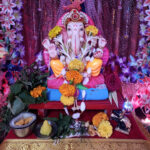
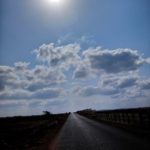
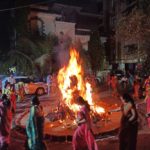

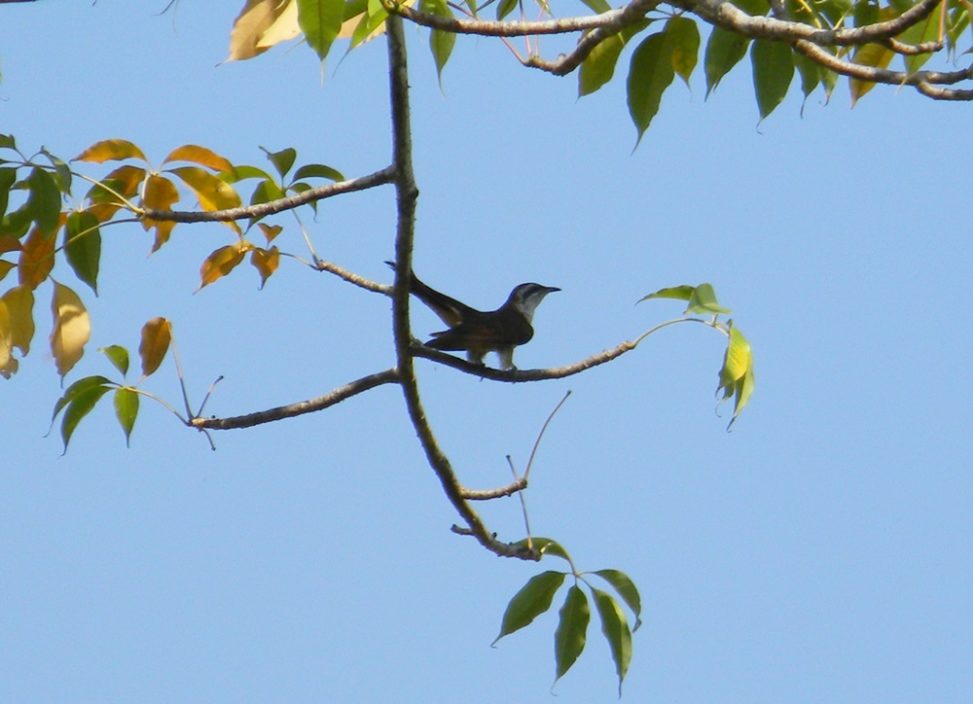

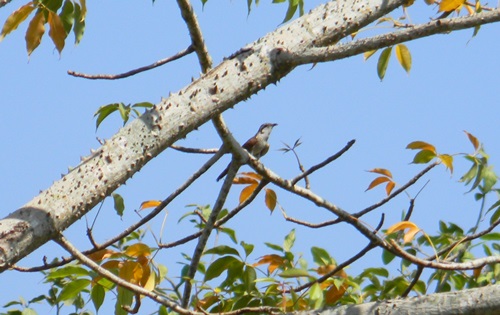
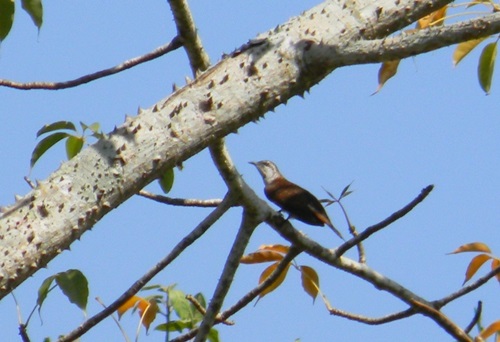
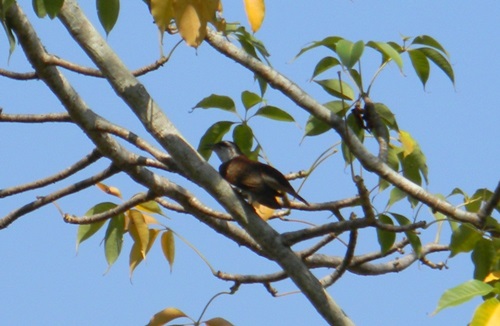
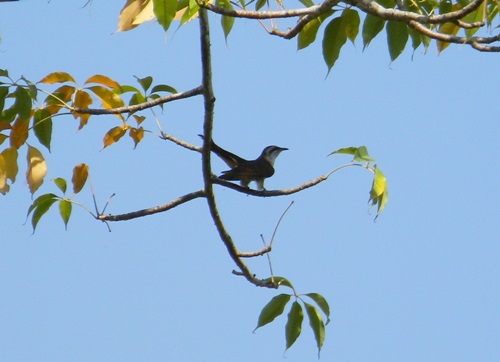
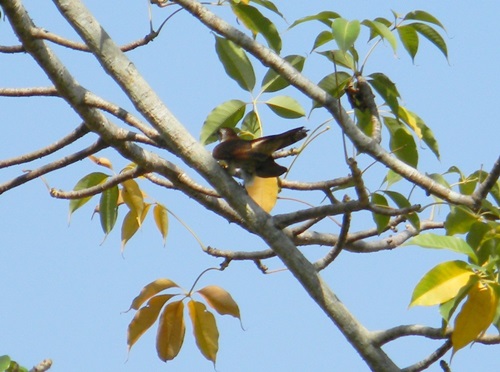
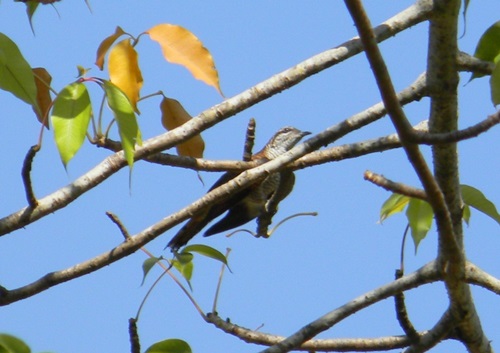
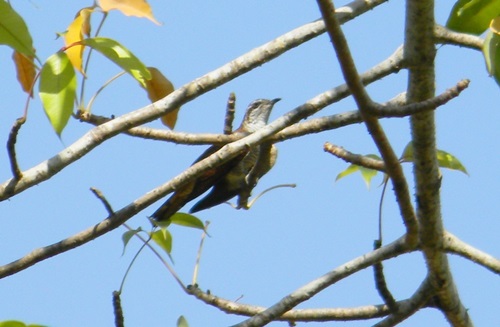
Anagha Yatin Joshi
With every post from you, my literacy level about the feathery friends reaches one step up! Thanks for sharing information about Banded bay cuckoo.
Sachin Baikar
Thanks a lot for such an encouraging comment 🙂 Anagha. It is good to know that I’m able to share some basic information about Indian birds through this blog.
Jyotirmoy Sarkar
Interesting information, i cant remember whether i have seen it earlier or not but its a good looking one.
Sachin Baikar
I’m glad you liked the post and pics ☺ Jyotirmoy. Thanks for stopping by and sharing your comments ☺
Neeraj Kumar
One more feather to my cap of knowledge about the bird word. Interesting and educating post.
Sachin Baikar
Thanks Neeraj 🙂 For me, it’s a part
continuous Learning and Sharing through this blog.
magiceye
Beautiful captures and specially loved the one on the post header!
Very informative too! Thank you.
Sachin Baikar
I’m glad you liked the pics and information. The featured pic is my favourite too 🙂 Thanks for your appreciation ☺ Deepak
Rupali
Next time I shall visit konkan, I will be more attentive.
Mridula
Beautiful pictures and I get to know about a new bird! Have not seen this one.
Siddhartha Joshi
Those are some really nice captures!
Sachin Baikar
Welcome to My Photo Blog ☺ Sid.
Thanks for your appreciation ☺
Antony Samy
Very much alluring .an interesting post on Cuckoo bird.
Sachin Baikar
Welcome to My Photo Blog 🙂 Antony. I’m glad you liked the post 🙂 Thanks 🙂